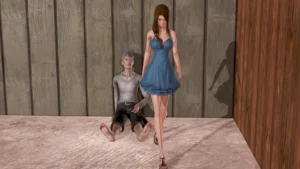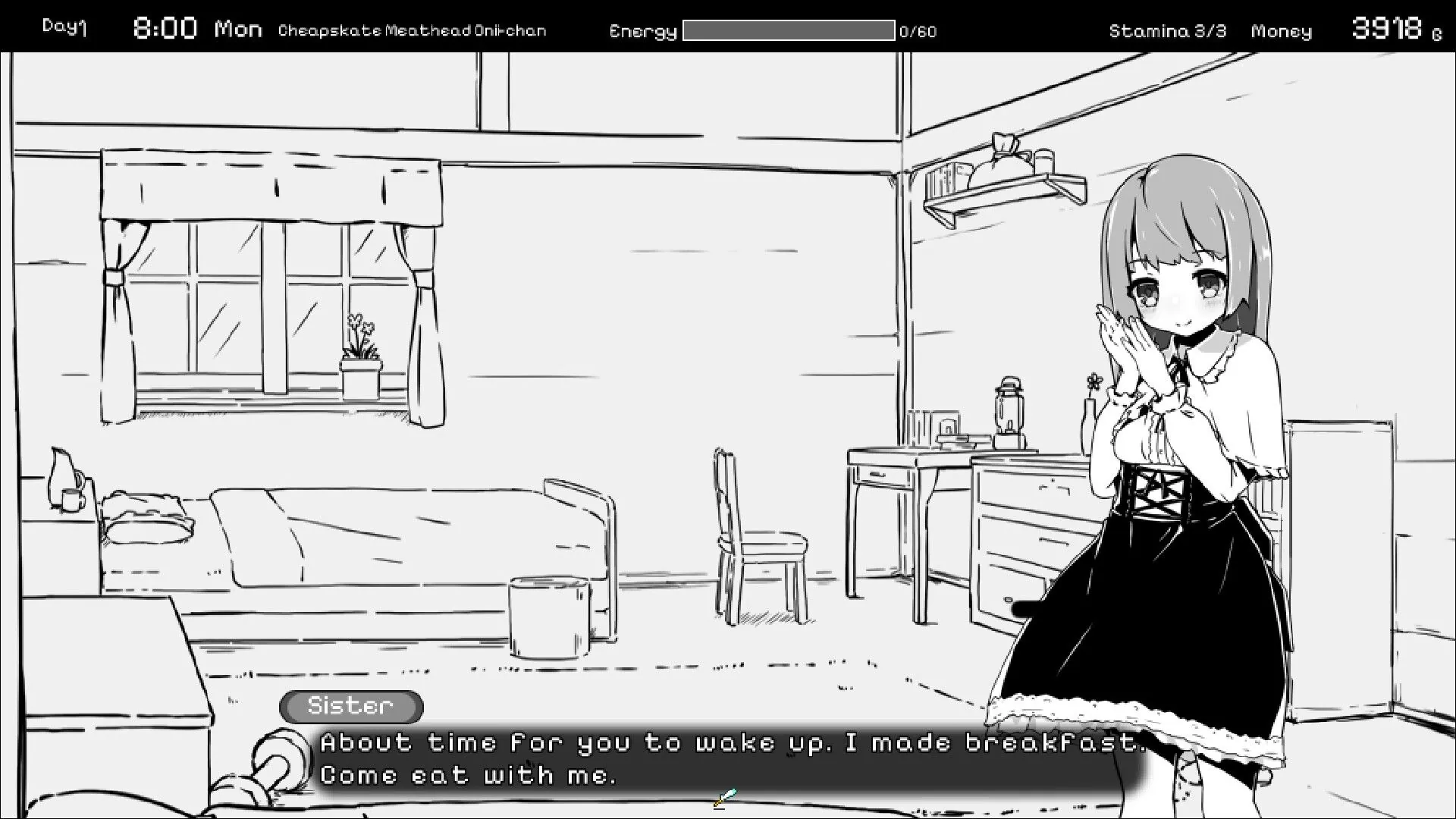
Project SAGE
Play Project SAGE
Project SAGE review
Explore the gameplay, choices, and narrative of Project SAGE in detail
Project SAGE is a distinctive interactive game that captivates players through its branching storyline driven by player choices. Unlike many games where progression is linear, Project SAGE offers a dynamic experience where every decision shapes the protagonist’s journey and outcomes. This article explores the core elements of Project SAGE, including its gameplay mechanics, character development, and the impact of player choices, providing practical insights for both new and returning players.
Understanding Project SAGE Gameplay and Story Mechanics
How Player Choices Shape the Narrative
Let’s get one thing straight: Project SAGE gameplay isn’t about following a set path. It’s about building your own. From the moment you start, you’re not just a passenger on a ride; you’re the one driving, and every turn you take changes the destination. 🗺️ The core of this experience is its player decision impact, which is honestly some of the most profound I’ve encountered in a narrative branching game.
I remember one of my first playthroughs. I made what I thought was a simple, polite choice early on—offering a character a comforting word instead of a practical solution. It seemed insignificant at the time. 🤷♂️ But hours later, that same character, remembering my kindness, provided me with a crucial piece of information that completely unlocked a story branch I didn’t even know existed. That’s the magic here. Your choices aren’t just checkboxes; they’re seeds that grow into entire plotlines.
The game’s system tracks your relationships, your moral compass, and even your subtle personality traits. This creates a web of cause and effect that makes every playthrough feel uniquely yours. The interactive story choices you face will constantly challenge you. Do you prioritize the mission’s success or a companion’s loyalty? Do you seek the truth, even if it destroys everything? There are no right answers, only your answers.
To give you a clearer picture of how this works, here is a table summarizing some key decision points and what they can lead to:
| Decision Point | Possible Choice | Narrative Outcome |
|---|---|---|
| Confronting a Traitor | Show Mercy | The character may become a reluctant ally later, providing secret aid. |
| Confronting a Traitor | Demand Justice | Gain immediate resources but create a vengeful enemy who sabotages you. |
| Resource Allocation | Share Supplies with a Faction | Earn their unwavering trust, unlocking exclusive missions and safe havens. |
| Resource Allocation | Hoard Supplies for Your Team | Your core team becomes stronger, but other groups grow hostile and untrusting. |
| A Moment of Intimacy | Open Up Emotionally | Deepens a romantic subplot, revealing hidden character backstory and motivations. |
| A Moment of Intimacy | Maintain Professional Distance | Strengthens your reputation as a leader but can leave relationships feeling cold and transactional. |
Pro Tip: Don’t save-scum! The most authentic and rewarding way to experience how to play Project SAGE is to live with your decisions. The surprises and consequences are what make the story truly memorable. ✨
Key Characters and Their Roles
The world of Project SAGE is brought to life by its incredible cast. The Project SAGE characters aren’t just quest-givers or set dressing; they feel like real people with their own dreams, fears, and messy complexities. Your interactions with them are the heart of the game.
Let’s talk about a few standouts:
-
Kaelen (The Strategist): Your second-in-command. Kaelen is brilliant, logical, and sometimes coldly pragmatic. 🧊 He believes the mission’s success justifies almost any cost. Building a strong bond with him unlocks advanced tactical options, but agreeing with him too often might steer you toward a darker, more utilitarian path. His loyalty is conditional on your effectiveness.
-
Elara (The Idealist): A medic and the group’s moral compass. Elara is fueled by compassion and a fierce desire to protect the innocent. 💖 She will constantly challenge your harder decisions. Choosing her side in arguments often leads to humanitarian rewards and a more hopeful narrative, but it can also make your mission logistically much harder. I found myself constantly torn between her hopeful vision and Kaelen’s harsh realities.
-
Jax (The Insider): A smuggler with a cynical wit and a hidden heart of gold. Jax knows the underbelly of the world better than anyone and provides access to the black market and underground networks. 🤝 Trust is a major theme with him; prove yourself and he’ll become an unshakable friend. Cross him, and you’ll find your supply lines mysteriously cut.
The beauty is how these relationships intersect. A decision that makes Kaelen respect you might cause Elara to despair. Managing these dynamic relationships is a core part of the Project SAGE gameplay, and it directly influences which endings you can achieve.
Exploring Game Events and Interactions
The game events Project SAGE throws at you are where all its systems converge. These aren’t just random occurrences; they are tailored tests of the character you’ve been building throughout your journey. The game is a master at creating tension through its interactive story choices in moments both large and small.
A perfect example, and one that genuinely stuck with me, is the bathroom event. It sounds mundane, but it’s a masterclass in environmental storytelling and player agency.
Example: The Bathroom Event Walkthrough
You find a character, let’s say Elara, visibly upset and hiding in a bathroom, having just received bad news. The room is quiet, the lighting is dim, and the atmosphere is thick with emotion. You have several options, each with distinct outcomes:
-
Choice 1: Comfort Her. You sit with her, offering silent support or a few kind words.
- Outcome: This deepens your personal bond significantly. She will later confide in you, revealing a crucial piece of her past that becomes relevant in a main story mission. It reinforces a “compassionate” personality trait for your character.
-
Choice 2: Press for Information. You acknowledge her distress but steer the conversation back to the mission, asking what she knows.
- Outcome: You might gain an immediate tactical advantage or clue. However, Elara will feel used and your relationship will become more distant and professional. She may be less willing to share personal insights in the future.
-
Choice 3: Leave Her Alone. You decide not to intrude on a private moment.
- Outcome: This is a neutral path. Your relationship remains unchanged. However, you miss the opportunity for character development and the potential information, which might force you to find another, more difficult way to obtain it later.
This single, quiet event perfectly encapsulates the player decision impact. There’s no combat, no grand spectacle—just two people in a room. Yet, the choice you make ripples outward, affecting dialogues, mission availability, and the overall emotional tone of your story. 😥 This is what makes Project SAGE a premier narrative branching game. It understands that the smallest moments can have the largest consequences, encouraging you to replay and explore every possible branch of its rich, reactive world.
Project SAGE stands out as an engaging interactive experience where player choices deeply influence the story’s unfolding and character relationships. Understanding its gameplay mechanics and key decision points enhances enjoyment and encourages multiple playthroughs to explore different outcomes. Whether you are new to Project SAGE or revisiting it, embracing the complexity of its narrative and interactions offers a rewarding journey. Dive in, make your choices thoughtfully, and discover the many paths this unique game has to offer.











